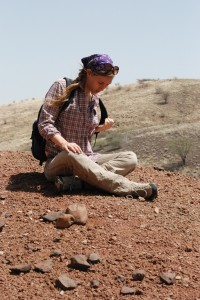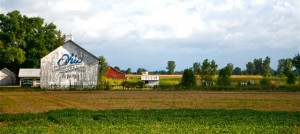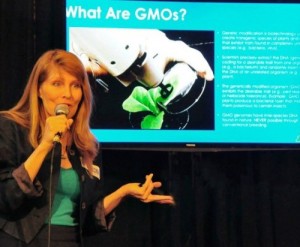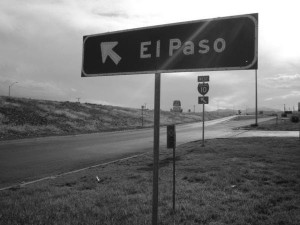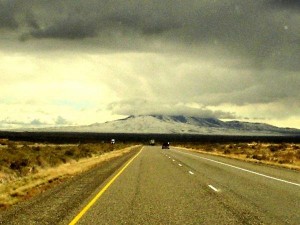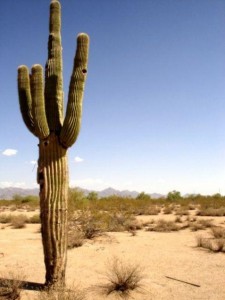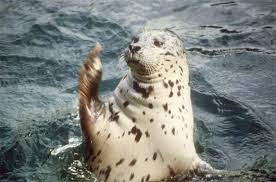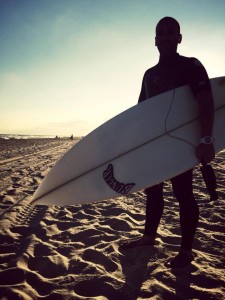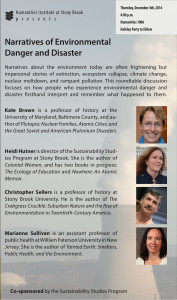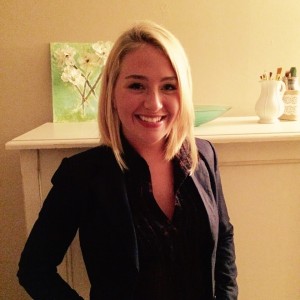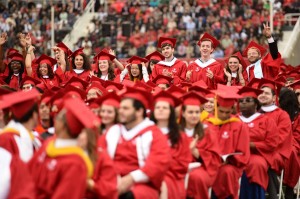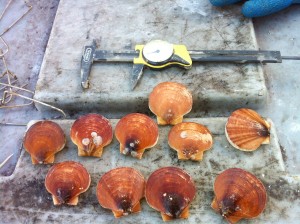One of the most exciting aspects about paleontology is being able to see the changes the Earth has been through over the last 4.6 billion years and understanding that there is a relationship between climate, environment and life. There has been much recent work in both paleontology and ecology showing that understanding organisms’ response to past intervals of environmental change can inform modern conservation efforts.
(For two really excellent quick reviews, see the Conservation Paleobiology Workshop report and Looking forward through the past: identification of 50 priority research questions in palaeoecology.)
As a paleo-ecologist, I study ancient ecosystem functioning. Specifically, I am trying to understand how reef communities responded to and recovered from an episode of global warming known as the Paleocene-Eocene Thermal Maximum (PETM), which occurred about 56 million years ago.
The onset of the PETM occurred rapidly and lasted a (geologically) short period of time yet the effect on the planet was huge. This time period is associated with elevated CO2 levels, a 5-8°C increase in global temperature, ocean acidification, and reef collapse. The PETM is an especially interesting period of time to study for two reasons:
- The intensity and sudden onset of human-caused, or “anthropogenic,” CO2 emissions (primarily from our burning of fossil fuels) best mirror the rapid and strong pulse of CO2 dumped into the atmosphere naturally during the PETM. Although current emissions release is faster than during the PETM, overall projected CO2 release and temperature rise during these two separate periods are comparable in ecological magnitude.
- Reef systems face a crisis, but not extinction, during the PETM, contrary to their reaction to other periods of disturbance.
The issue of coral bleaching and extinction has been looming on the horizon for sometime now. Thankfully, recent research is showing that not all hope is lost: corals may be able to adapt and survive what is being called the Anthropocene, or the era of human-induced global change. This makes the fact that reefs were able to endure the PETM all the more interesting and relevant. Most paleo-ecological studies have used mass extinctions to model future ecological change, but I’m a little more optimistic.
I’ll be using both statistical methods and fossil data to better understand how and why corals survived this episode. Additionally, I hope to determine whether there was an ecological threshold before their decline and what the process of recovery looked like in the ancient ocean. I already have promising preliminary results, and will head out to the fossil sites this summer to see these communities that have been preserved in time.
I will also work with modern reef ecologists to better understand reef ecosystem function and how paleo-ecological studies can be of most benefit to them. During my time in the Stony Brook University Sustainability Studies Program, I enjoyed discovering that the field of Sustainability Studies is extremely innovative and multidisciplinary. I’m excited to have found my niche at Stony Brook University, and it is one in which I can combine my love of geology with my passion for environmentalism.

Anna Weiss combined her love of geology with her passion for environmentalism to find her ideal career path.
By Anna Weiss
Sustainability Studies Program ’13
Anthropology Major; Paleoanthropology focus
Geology and Sustainability Studies Minors; Earth History focus
Today Anna is pursuing a Ph.D. in Paleontology at the University of Texas at Austin.


